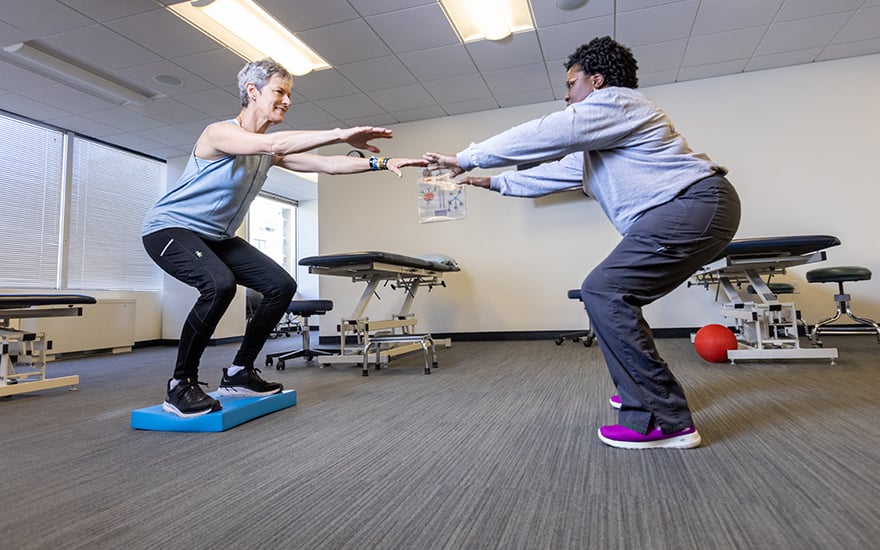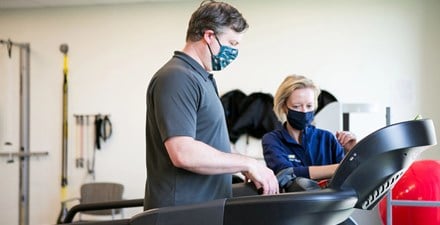
Coronavirus disease 2019, also known as COVID-19, is caused by a contagious virus called severe acute respiratory syndrome coronavirus 2, or SARS-CoV-2.
Most people fully recover from COVID-19. For some though, symptoms of the disease may linger for many weeks or months.
The lasting side effects of COVID-19 are called long COVID. Some other terms health care providers may use to describe the syndrome and its many symptoms include "post COVID conditions," and PASC, which stands for post-acute sequelae of SARS-CoV-2. People who experience long COVID are sometimes called long haulers.
As research continues, the condition is now being called PASC, which stands for Post-Acute Sequelae of SARS-CoV-2.
Long COVID is unpredictable, and research is evolving. Symptoms, and their severity, vary from person to person. The most common lasting symptoms include but are not limited to:
- Fatigue or weakness.
- Body aches.
- Shortness of breath.
- Trouble concentrating.
- Headache.
- Muscle or joint pain.
- Poor endurance or no ability to exercise.
- Sleep problems.
- Gastrointestinal symptoms.
- Anxiety or depression.
- Fast or pounding heartbeat.
- Brain fog or memory issues.
Another symptom called post-exertional malaise has been reported in patient surveys. PEM is the worsening of symptoms after physical or mental activities. A person's ability will often vary. An activity a person easily tolerates one day may worsen symptoms the next. A physical therapist can closely monitor a person's responses to exercise to ensure treatment is not causing PEM or making symptoms worse.
Adding more physical activity is considered safe when symptoms are managed for a person's energy level during and after exertion.
If you have symptoms of long COVID, contact your primary care doctor or physical therapist for evaluation and treatment specific to your condition. Note: Exercise may not be appropriate for everyone living with long COVID.
Physical therapists and physical therapist assistants can help people with long COVID by treating their symptoms safely.
The goal of physical therapy is to improve your strength, stamina, and quality of life through education and prescribed movement.
You can contact a physical therapist directly for an evaluation. To find a physical therapist in your area, visit Find a PT.


